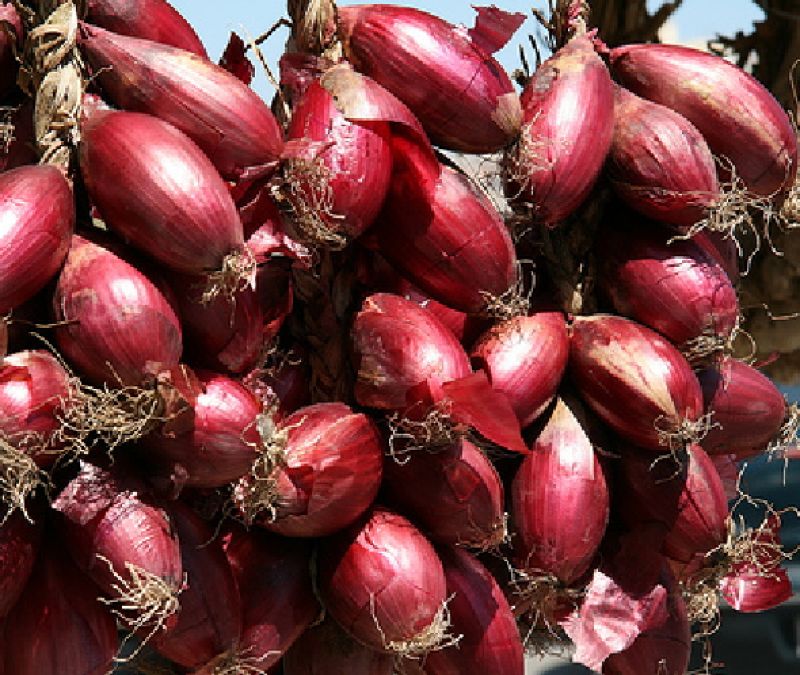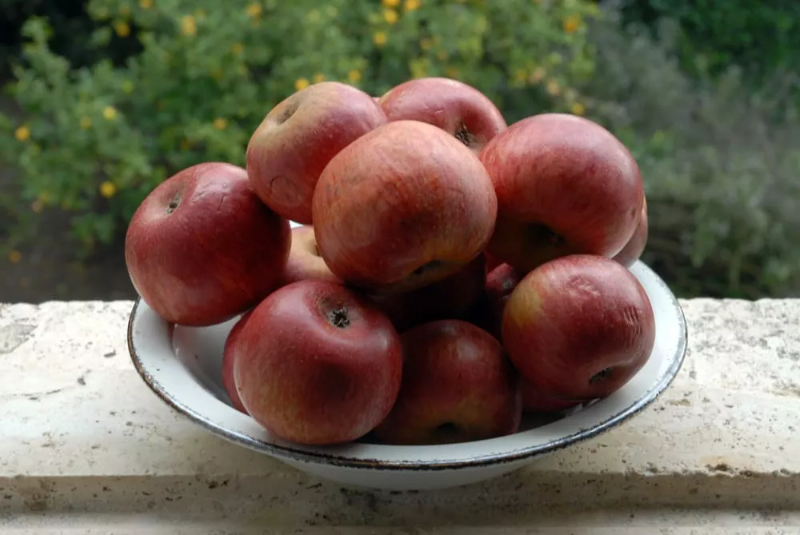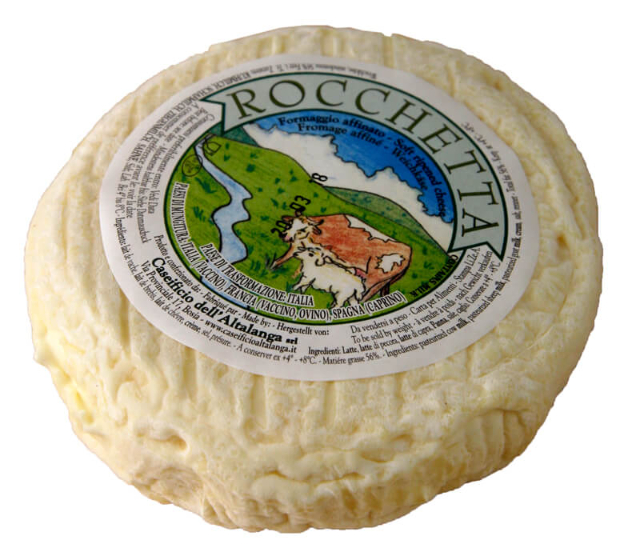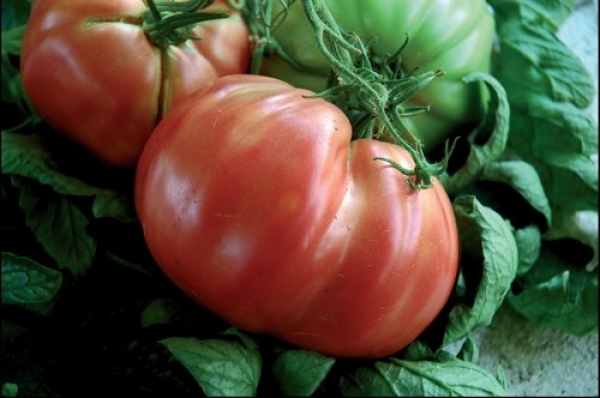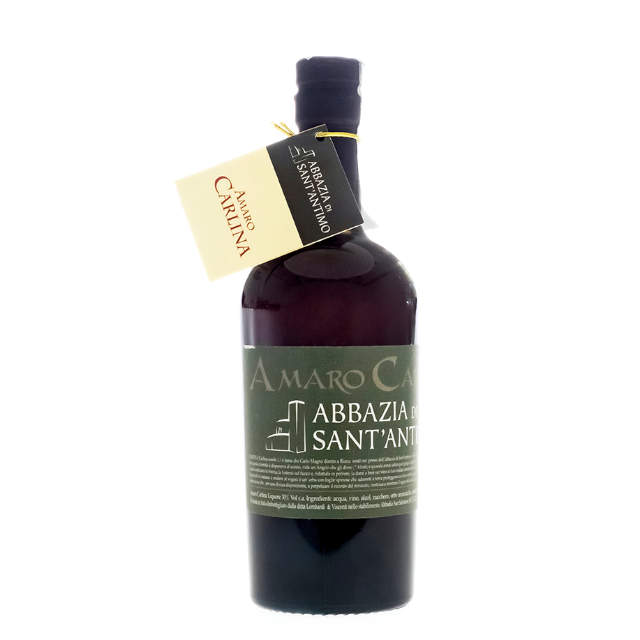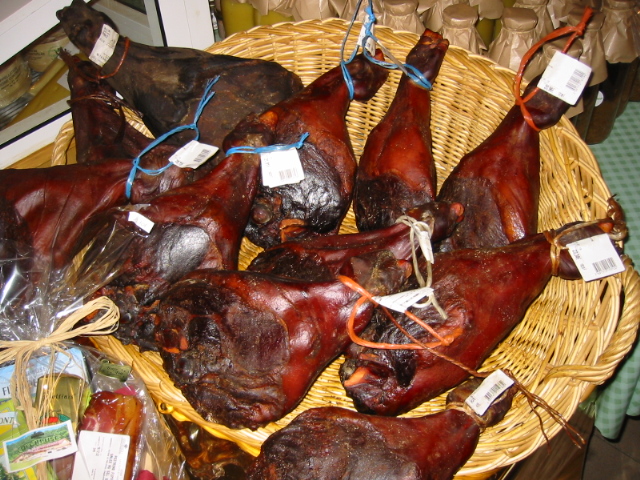In Calabria, it seems that the onion was introduced by the Phoenicians in the area of the Vibonese and, thanks to important trade routes of the time such as the port of Parghelia, spreading to that stretch of coast between the "lametino" and "viboneto" seas that runs from Amantea to Capo Vaticano (Strabo lib.6 and Aristotle lib.7 De Repubblica).
This product will spread with greater intensity in the Bourbon period, when it will be introduced and in demand in northern European markets, becoming well appreciated. Fiore in Studies on Calabria also speaks on the shape of the bulb and the red bislongs of Calabria.
The first and organized statistical surveys of onion cultivation in Calabria are given in the Agricultural Encyclopedia Reda (1936 – 39). As trade intensified in the mid-1950s, it was also known and appreciated in overseas markets.
Sweet, crunchy and red, these are the characteristics that make the "Red Onion of Tropea Calabria", defined for its qualities as the "Red Gold of Calabria", so desirable and desirable.
The historical area of production in Calabria is the territory of Capo Vaticano in the municipality of Ricadi, but the name "Rossa di Tropea" arose from the simple fact that shipments of the onions all over the world were made from the Tropea railroad yard. The transportation of the world-famous red onions from the fields to the station in Tropea, was by donkeys or by ox-drawn wagons, traveling along paths close to the sea.
The Tropea onion, has many qualities in fact, prevents heart attacks and cardiovascular disease, has antibiotic and antioxidant properties; it contains thiols, natural organic compounds that counteract the accumulation of fatty sediments, cleaning up among the lipoproteins that pollute the blood and harden the arteries; it is indicated as a remedy against skin diseases; it gives relief in colds and flu; it is an antihemorrhagic; it tones the veins and arteries; it exerts a beneficial action on diuresis and hypertension; it cures intestinal infections; it prevents kidney stones and whooping cough; and it is diuretic.
Tropea onion contains only 26 calories per 100 grams of product and is indicated in the diets of heart patients because of its antisclerotic power, combats physical deficiency because of its high iron and vitamin content, counteracts free radicals, and lowers bad cholesterol levels in the blood. Flavonoids, phenols, quercetin and mineral salts greatly reduce the risk of laryngeal, liver, colon and ovarian cancer, while chromium sulfurates are effective in treating diabetes by reducing blood sugar.
